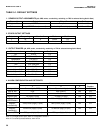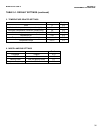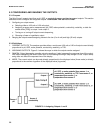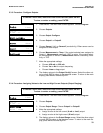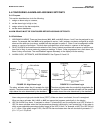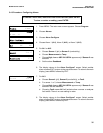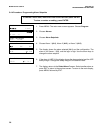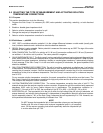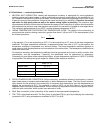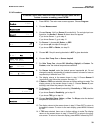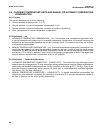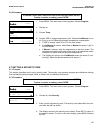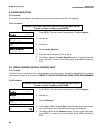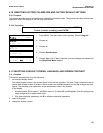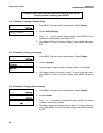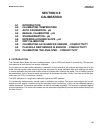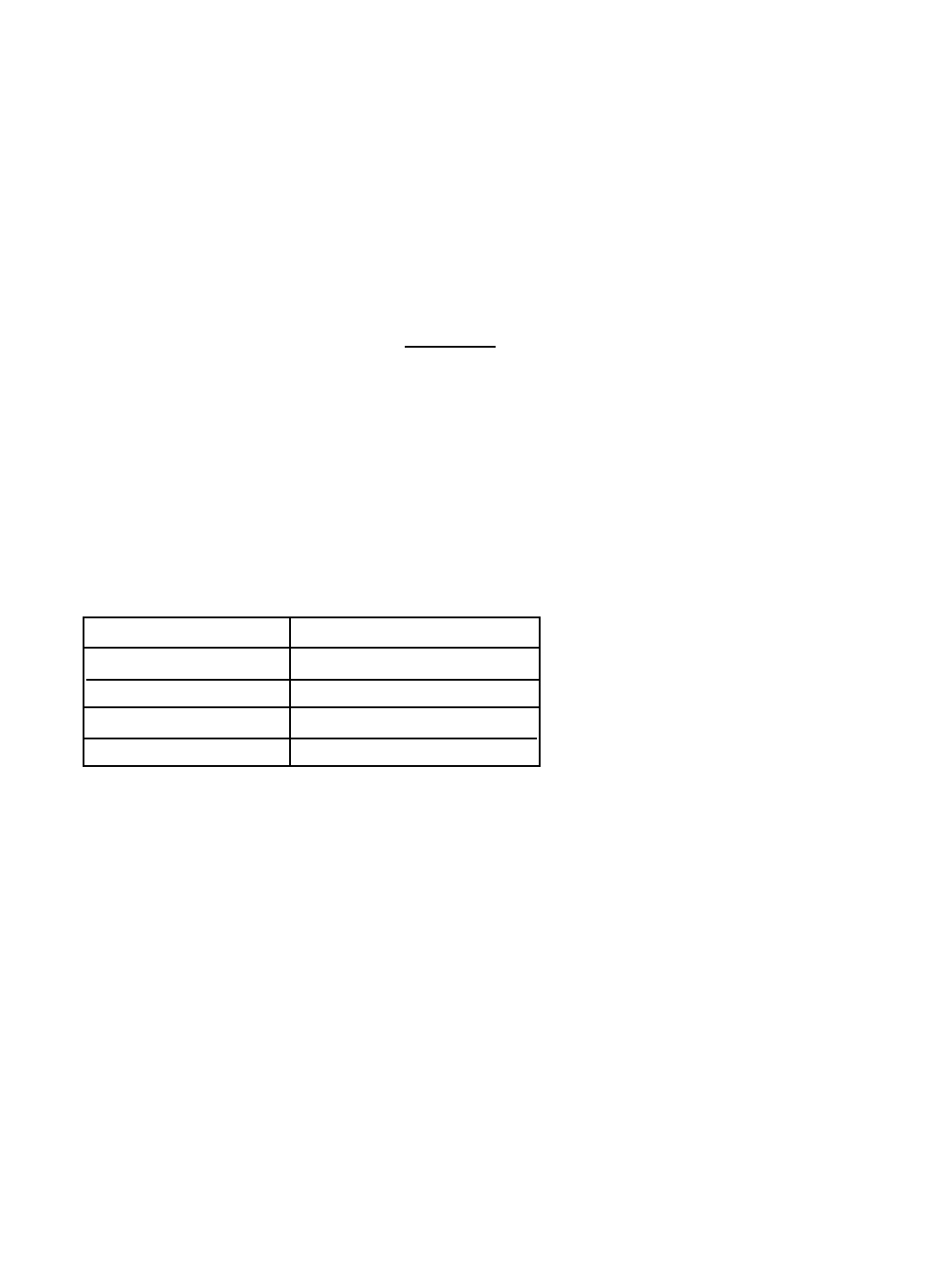
MODEL SOLU COMP II SECTION 5.0
PROGRAMMING THE ANALYZER
5.5.3 Definitions — conductivity/resistivity
1. NEUTRAL SALT CORRECTION. Neutral salt temperature correction is appropriate for most applications
involving natural and treated waters in which neutral salts are primarily responsible for the conductivity. It is
NOT suitable if the sample is a dilute acid or base. The neutral salt correction programmed into the Solu Comp
II takes into account the contribution of water to the overall conductivity (or resistivity). Therefore, the neutral
salt works for high purity water as well as for waters having higher conductivity. The correction algo-
rithm assumes the salt is sodium chloride. Because the change in the conductivity of sodium chloride solutions
with temperature is similar to most other aqueous salt solutions, the correction is suitable for most applications.
The correction applies between 0 and 100°C, and the reference temperature is 25°C.
2. LINEAR TEMPERATURE COEFFICIENT OR TEMPERATURE SLOPE. The change in the conductivity of
most electrolyte solutions having conductivity greater than about 5 µS/cm at 25°C can be expressed by the
the following equation:
C
25
=
C
t
1+ a(t - 25)
In the equation, C
25
is the conductivity at 25°C, C
t
is the conductivity at t°C, and a is the linear temperature
coefficient. The linear temperature coefficient, or temperature slope, has units of %/°C. In the equation, the
temperature coefficient is expressed as a decimal fraction. The linear temperature coefficient depends to
some extent on both the temperature and concentration of the salt solution. The temperature coefficient also
varies from salt to salt.
For maximum accuracy, the temperature coefficient must be appropriate for the salt or salts in solution, their
concentration, and the temperature. Frequently, the relationship must be determined by experiment.
Fortunately, for most dilute neutral electrolyte solutions, a linear temperature coefficient of 2.00%/°C (0.0200)
is appropriate. The table gives typical ranges for different dilute electrolyte solutions.
Slope (%/°C)
Neutral salts 1.8 - 2.2
Acids and acid salts 1.0 - 1.6
Bases and basic salts 1.6 - 3.0
High purity water Use neutral salt correction
3. CATION TEMPERATURE CORRECTION. Cation conductivity, sometimes called acid conductance, is used in
steam power plants to measure salt contamination in boiler feedwater and steam. The Solu Comp II automat-
ically corrects for the variation in the conductivity of extremely dilute hydrochloric acid with temperature and
displays the conductivity at 25°C. The correction is valid to 100°C, so the Solu Comp II can be used for
degassed cation conductivity measurements. Cation conductivity temperature correction also applies to semi-
conductor etch rinse baths, which contain trace amounts of acids.
4. RAW. Raw conductivity is the conductivity of the sample at the measurement temperature.
5. TDS. TDS is total dissolved solids. The Solu Comp II calculates TDS (in ppm) by multiplying the conductivity
(corrected to 25°C using a temperature coefficient of 2%/°C) by 0.65.
38



